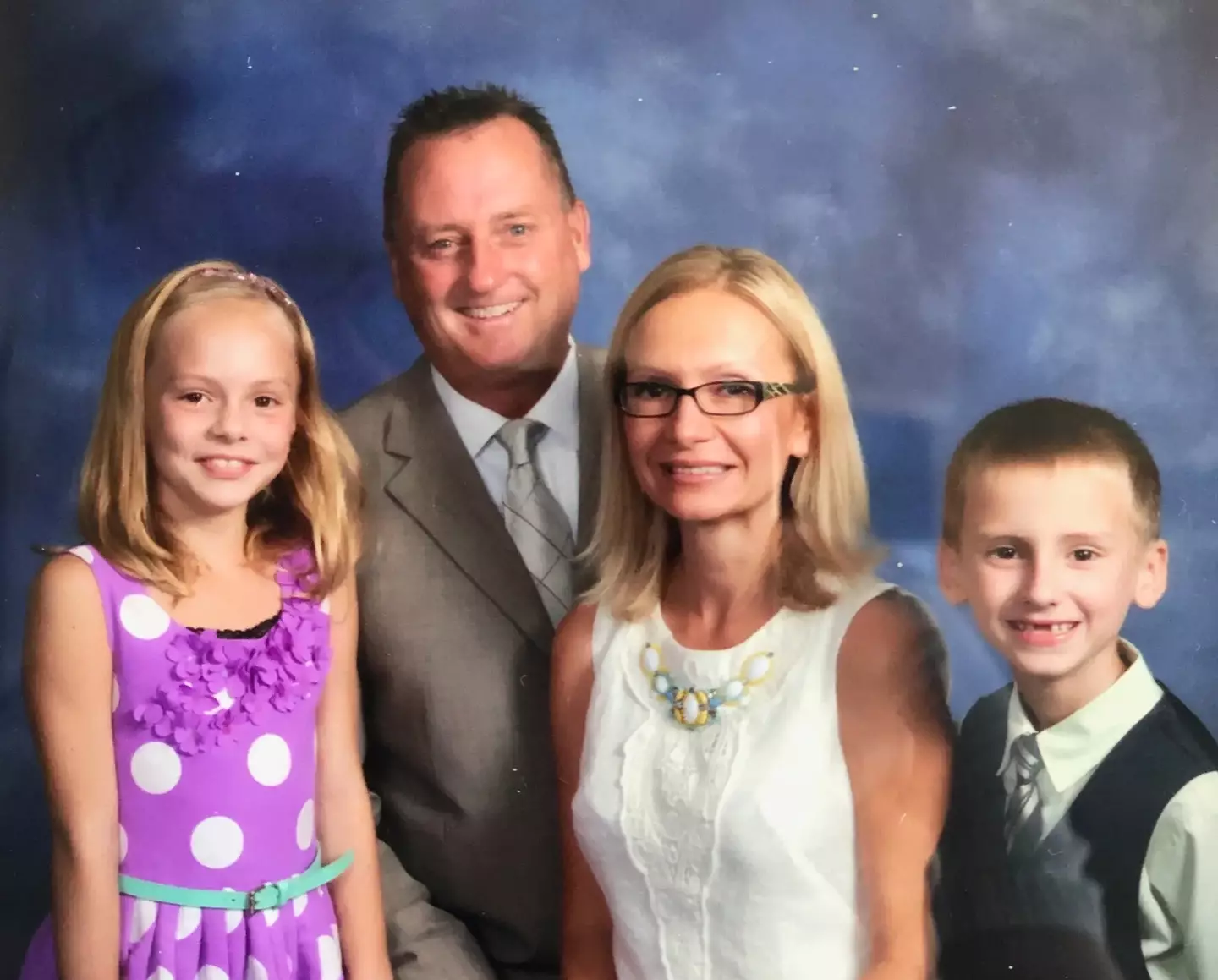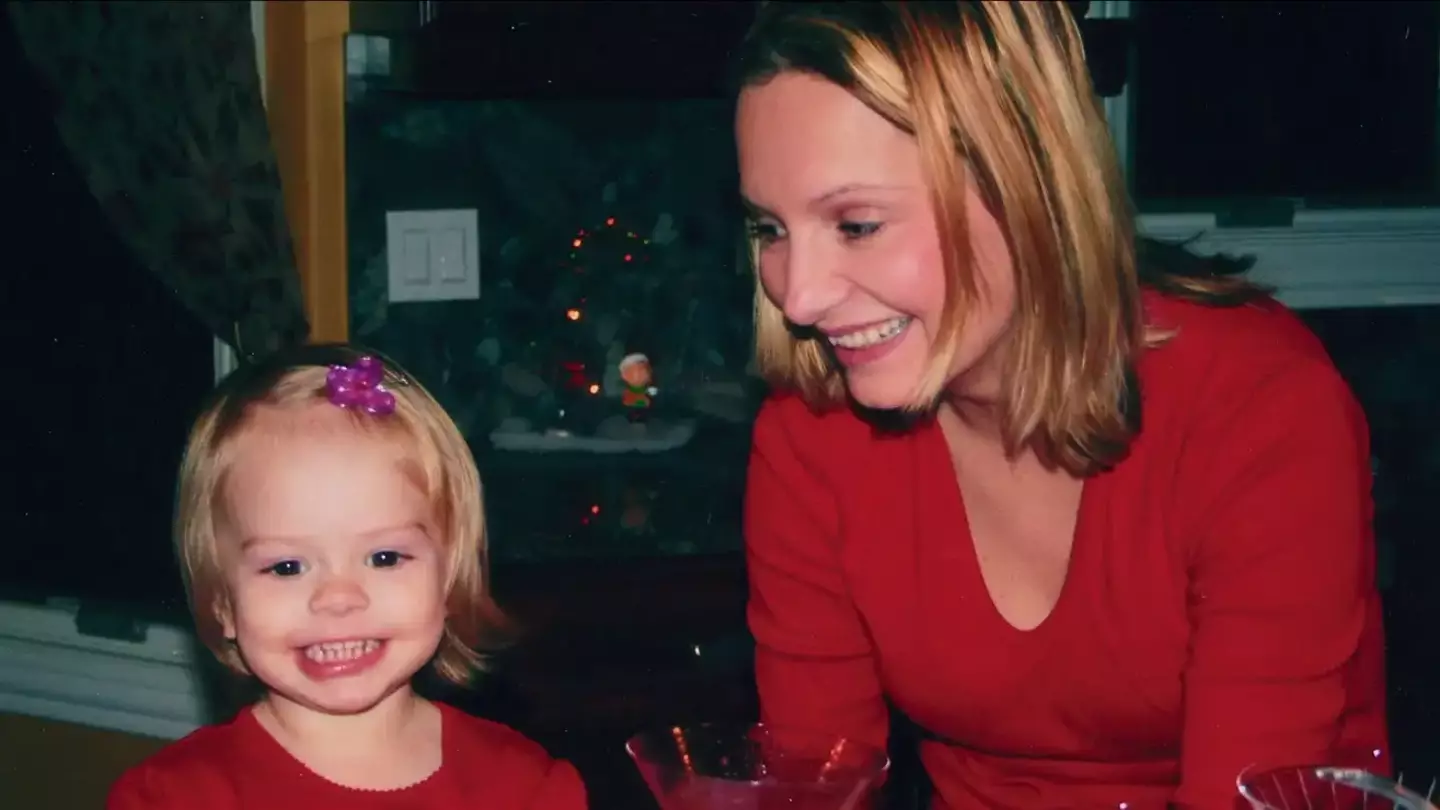
If you’ve watched the harrowing new Netflix documentary Take Care of Maya, you’ll probably be wondering what the real truth behind the rare condition that the 10-year-old girl had was.
The new TV show tells the tragic true story of Maya Kowalski, a young girl who was experiencing mysterious pain, and how her family attempted to get her help.
Eventually, Maya’s mother was accused of medically abusing her own daughter, when Maya was misdiagnosed with Munchausen’s syndrome by proxy - whereby a caretaker creates a false history of illness for someone else.
Advert
The doctors accused Maya’s mother, Beata Kowalski, of making her daughter sick deliberately.
So, Maya was kept in the hospital for three months with limited access to her dad, and no access to her mother.
After the accusations, Beata died by suicide.

In truth, Maya had a rare condition called complex regional pain syndrome or CRPS, which causes pain and gives sufferers burning sensations in their extremities.
Advert
Maya specifically had lethargy, bodily aches, respiratory problems, vision blurring, problems with walking, and headaches, Screenrant reports.
The diagnosis came in 2015, which was a year before she was taken to a medical centre in St Petersburg, Florida for another flare-up.
Initially, they placed her in a ‘ketamine coma’ to reduce her symptoms, but then the doctors started to wonder whether her parents - specifically her mother - were faking their daughter’s illness, opening an abuse investigation that led to Maya being separated from her mum and dad.
People with CRPS can suffer pain from as little as a touch, according to the National Institute of Neurological Disorders and Stroke (NINDS).
Advert
It can also cause excess prolonged pain and swelling following an injury to an arm or a leg, NINDS states.
It can be both acute - over a shorter time - or chronic - lasting a long time.
According to reports from the Cleveland Clinic, the condition affects around 200,000 people per year in the US, across all ages.

However, it is more common in women, and extremely rare in children.
Advert
It can develop after a stroke, heart attack, or other injury, according to the Mayo Clinic.
However, the additional pain that is suffered by the CRPS patient is well disproportionate to the initial injury.
It can be tough to treat CRPS, though pain relief medication, antidepressants, occupational therapy, corticosteroids, biofeedback, acupuncture, and low doses of ketamine can help.
Maya is now 17-years-old and lives with her father and brother in Florida.
Advert
She is still struggling with the symptoms of her CRPS, but can walk again.
Featured Image Credit: NetflixTopics: Netflix, TV and Film, Health